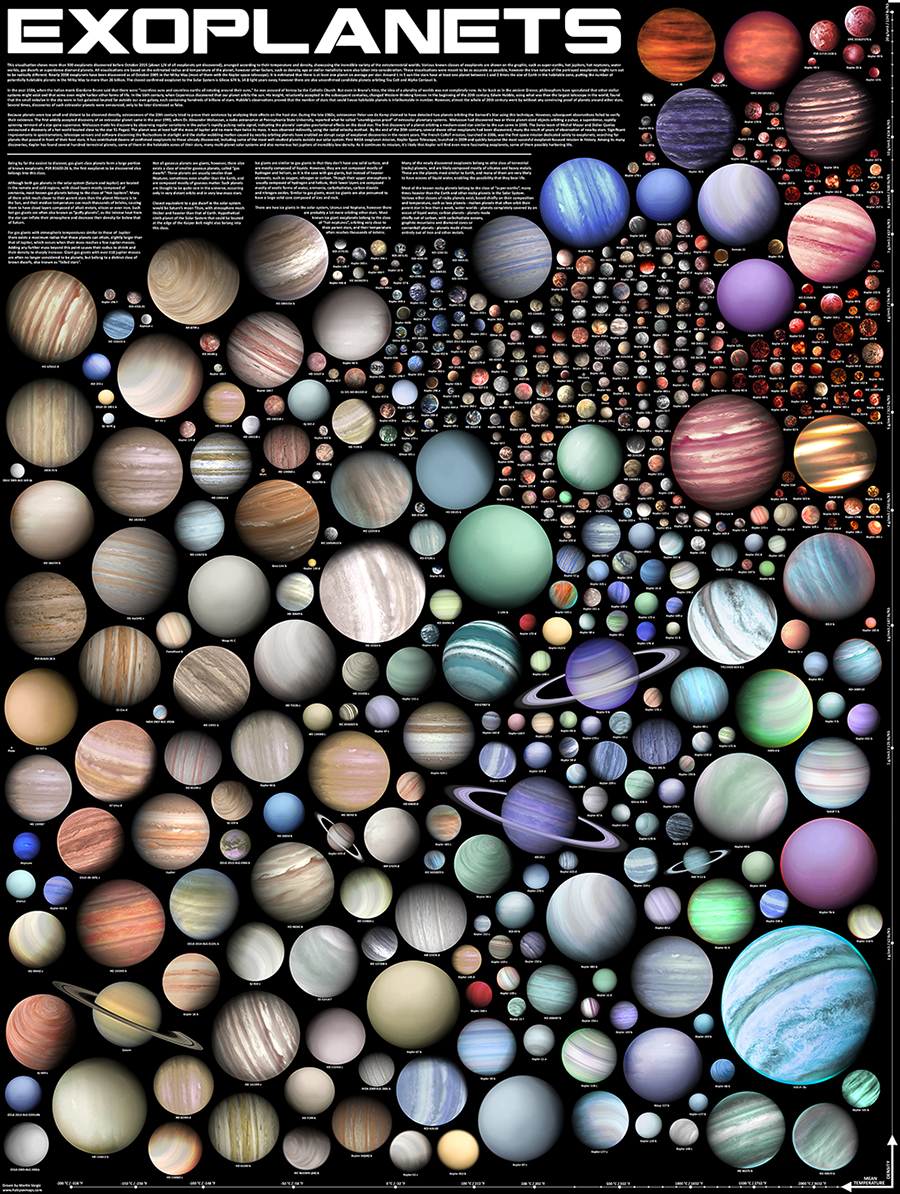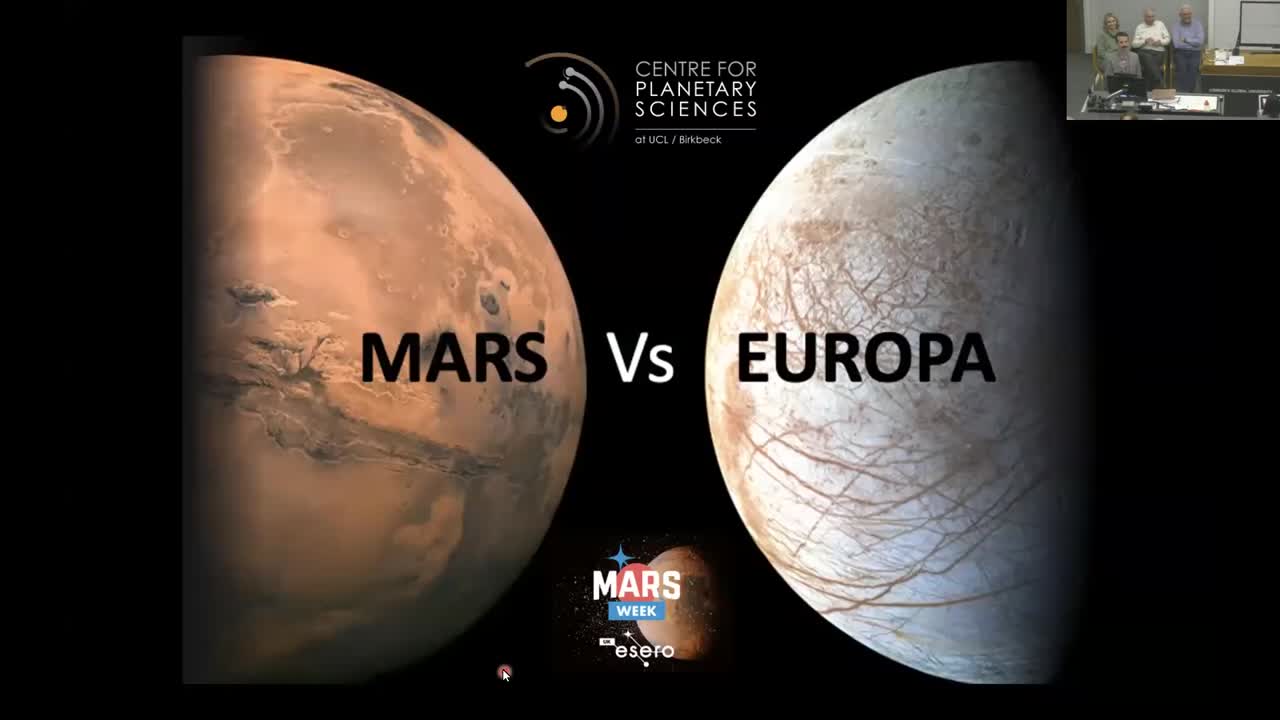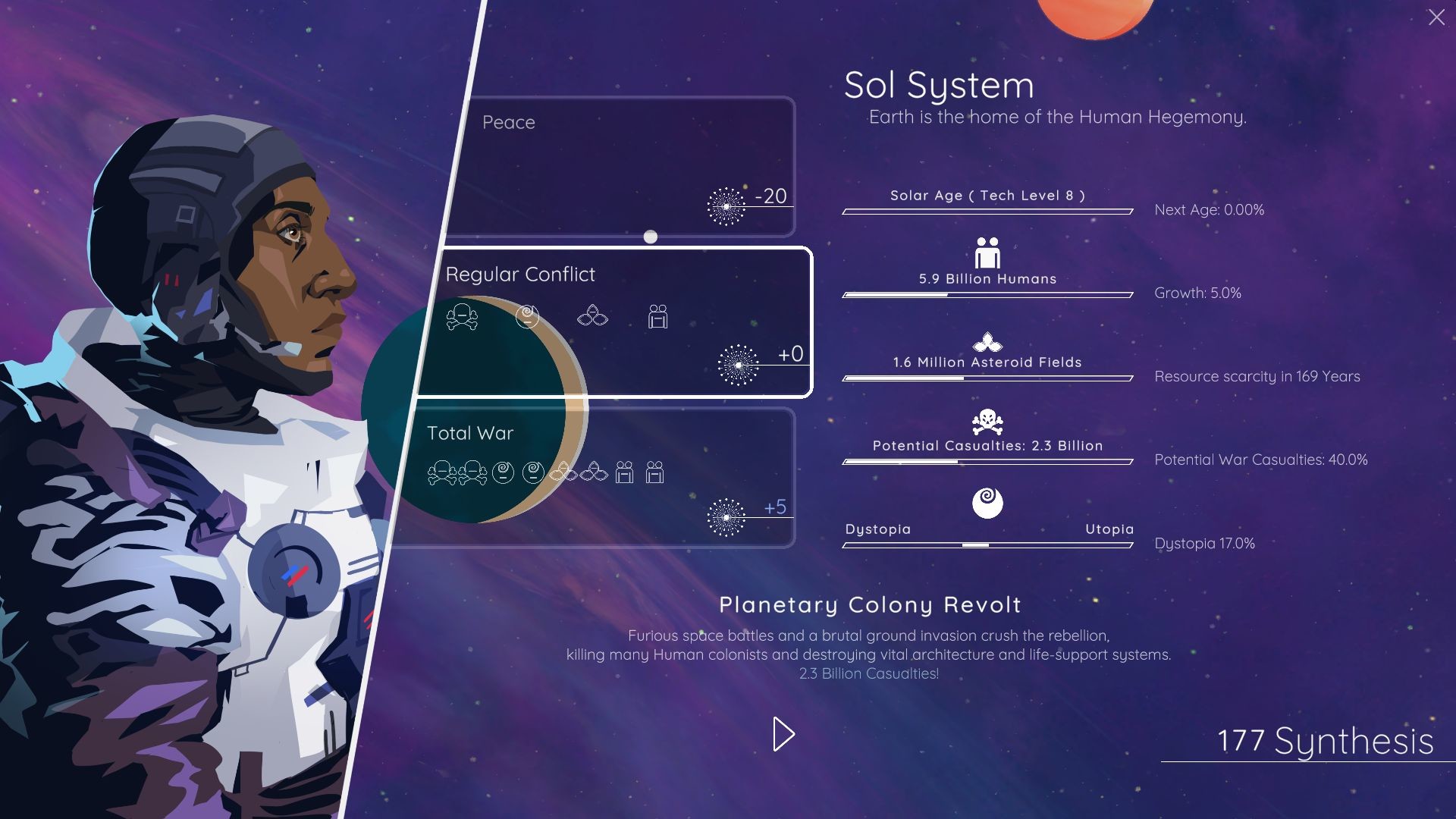This is why Aliens are far more dangerous
Introduction
The question of whether we are alone in the vastness of the cosmos has fascinated humanity for centuries. The possibility of extraterrestrial life, commonly referred to as aliens, has fueled the imagination of scientists, writers, and the general public alike. In this article, we embark on a journey to explore the quest for alien life, delving into the science, the speculation, and the profound implications of the search for cosmic companions.
The Drake Equation and the Search for Extraterrestrial Intelligence (SETI)
One of the foundational frameworks guiding the scientific pursuit of alien life is the Drake Equation. Developed by astrophysicist Frank Drake in 1961, this equation attempts to estimate the number of active, communicative extraterrestrial civilizations in our Milky Way galaxy. The equation considers factors such as the rate of star formation, the fraction of stars with planetary systems, and the likelihood of life developing on those planets.
The Search for Extraterrestrial Intelligence (SETI) is a dedicated scientific effort to detect signals from intelligent civilizations beyond Earth. Radio telescopes, such as the Allen Telescope Array, scan the skies for artificial signals that could indicate the presence of technologically advanced extraterrestrial beings.
Exoplanets and the Habitable Zone
Exoplanets, planets located outside our solar system, have become a focal point in the search for extraterrestrial life and the understanding of planetary diversity. The concept of habitable zones plays a crucial role in this exploration. Habitable zones, often referred to as the "Goldilocks zone," define the region around a star where conditions are just right for liquid water to exist on the surface of a planet, a key ingredient for life as we know it.
Exoplanets situated within these zones are deemed potentially habitable, although other factors, such as the planet's atmosphere and composition, also influence its potential to support life. The discovery of exoplanets in habitable zones has expanded rapidly with advancements in telescope technology and observation techniques.
Researchers use various methods, including the transit method and radial velocity measurements, to detect exoplanets and estimate their habitability. The catalogue of known exoplanets includes a diverse array of sizes, compositions, and orbital characteristics, challenging preconceived notions about the prevalence and variety of planetary systems in the universe. The study of exoplanets and habitable zones not only contributes to our understanding of the potential for life beyond Earth but also informs the broader field of planetary science and astrobiology, fueling a sense of curiosity about the vast possibilities that exist within the cosmic landscape.
Mars and Europa: Potential Hotspots for Life
Mars and Europa, two celestial bodies within our solar system, have captivated scientific exploration due to their potential implications for the search for extraterrestrial life. Mars, often referred to as the "Red Planet," shares several similarities with Earth, featuring a diverse terrain that includes valleys, canyons, and polar ice caps. The presence of ancient riverbeds and evidence of liquid water in the past heightens the intrigue surrounding the possibility of microbial life or habitable conditions having existed on Mars. Numerous robotic missions, including rovers and landers, have been deployed to study the Martian surface and atmosphere, providing valuable insights into its geological history and potential for past or present habitability.
Europa, one of Jupiter's largest moons, stands out as an icy world with a global subsurface ocean beneath its thick ice shell. This subsurface ocean is considered one of the most promising environments for the existence of extraterrestrial life. The moon's surface is marked by a network of fractures and ice-covered plains, hinting at dynamic geological processes and potential interactions between the ocean and the surface. Europa's ocean, kept liquid by tidal heating generated by its elliptical orbit around Jupiter, presents a compelling target for future exploration missions aiming to investigate its composition and search for signs of life. The exploration of Mars and Europa reflects humanity's persistent curiosity about the potential for life beyond Earth and the diverse environments that might support it within our own cosmic neighborhood.
The Challenges and the Fermi Paradox
One possible explanation for the Fermi Paradox revolves around the vast distances between stars. Even with the potential for advanced technologies, interstellar travel remains an enormous challenge. The immense scales and energies required for traversing cosmic distances may limit the ability of intelligent civilizations to explore and interact with one another. Additionally, the timescales involved in the evolution of civilizations may not align, leading to periods of technological advancement and communication that miss each other by vast spans of time.
Another facet of the Fermi Paradox involves the potential for self-destruction among advanced civilizations. If the trajectory of technological development is not accompanied by ethical and moral maturity, civilizations might face existential threats from their own creations, such as artificial intelligence or nuclear weapons. The transient nature of technological civilizations could result in their rise and fall before contact can be established.
The possibility of advanced extraterrestrial civilizations existing beyond our current technological comprehension introduces the idea that they might be employing communication methods or technologies that remain undetectable to us. This raises questions about our current observational capabilities and the limitations of our understanding of the universe.
Moreover, the focus on intelligent extraterrestrial life may be inherently anthropocentric. Life beyond Earth might exist in forms or environments we have not yet considered, making it challenging to detect using our conventional methods. The search for extraterrestrial intelligence might need to expand beyond traditional definitions and assumptions.
On a cosmic timescale, human civilization has emerged relatively recently. If advanced civilizations exist elsewhere, they may not have had sufficient time to reach us, or our place in the galaxy might be on the outskirts of active and observable regions.
The Fermi Paradox remains a profound and open question, prompting ongoing scientific inquiry and philosophical contemplation. As our technological capabilities and understanding of the cosmos continue to advance, new insights may emerge, shedding light on the apparent cosmic silence. Whether the resolution lies in the limitations of our current methods, the challenges of interstellar communication and travel, or the fate of civilizations, the Fermi Paradox prompts us to confront fundamental questions about our place in the universe and the potential for extraterrestrial life. It is an exploration of cosmic silence that continues to spark curiosity, speculation, and a deepening appreciation for the mysteries of the cosmos.
The Cultural Impact and the Search for Alien Life
The idea of aliens has permeated human culture through literature, film, and art. From H.G. Wells' "War of the Worlds" to Spielberg's "Close Encounters of the Third Kind," our fascination with the unknown shapes our perception of extraterrestrial life. The cultural impact of the search for aliens extends beyond entertainment, influencing scientific endeavors, technological innovation, and our understanding of the universe.
Conclusion
The quest for extraterrestrial life is a journey that combines scientific exploration, technological innovation, and the enduring human curiosity about our place in the cosmos. While the search for aliens has yet to yield definitive evidence, the advancements in astronomy, astrobiology, and space exploration continue to push the boundaries of our understanding. As we gaze into the night sky, the question of whether we are alone in the universe remains one of the greatest mysteries, propelling humanity to explore the cosmos in search of answers to the extraterrestrial enigma.





Comments
Post a Comment